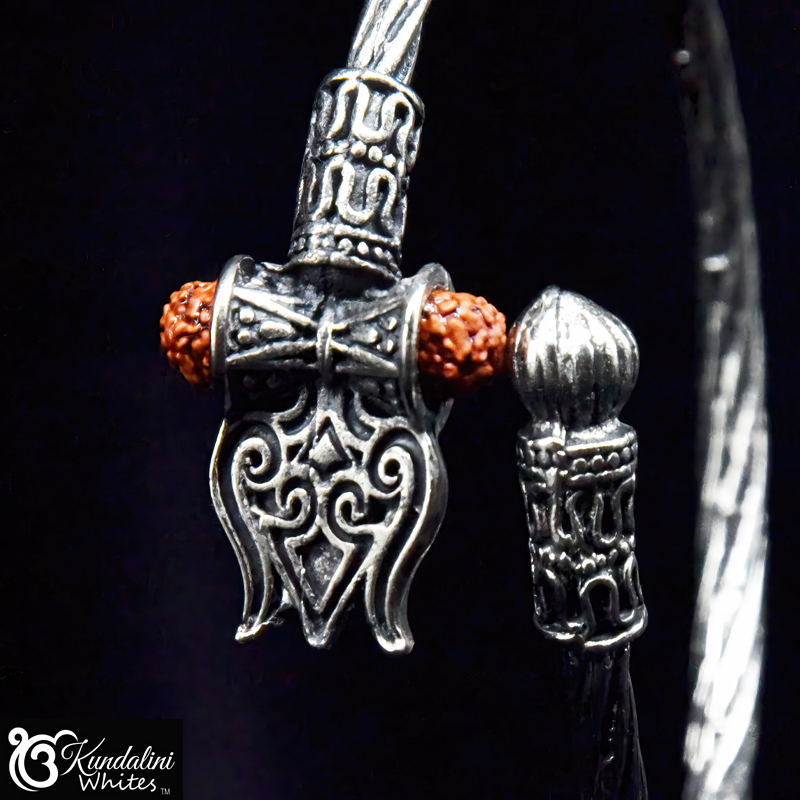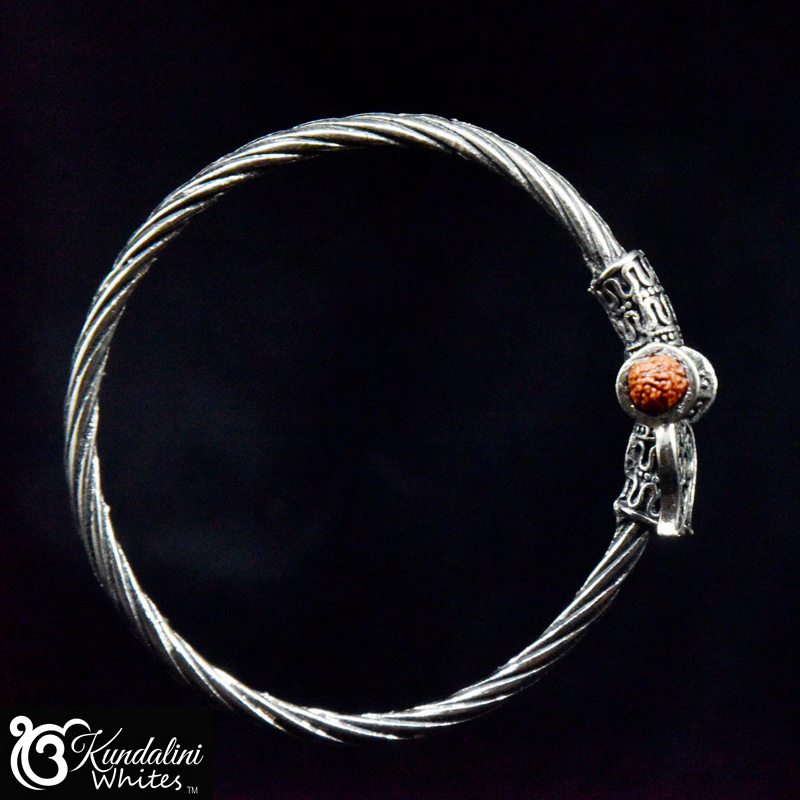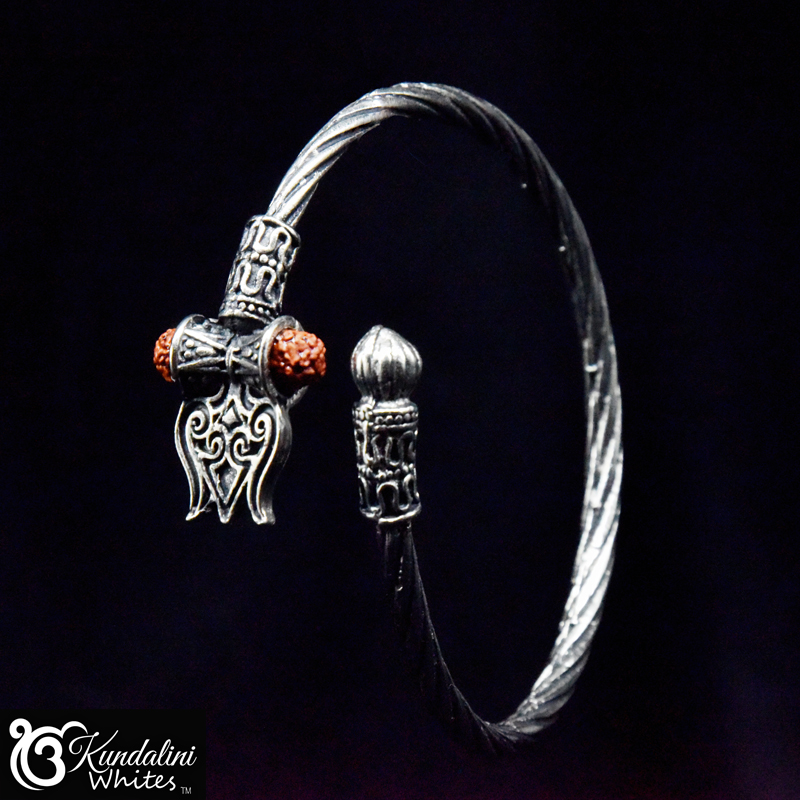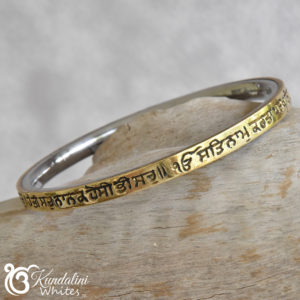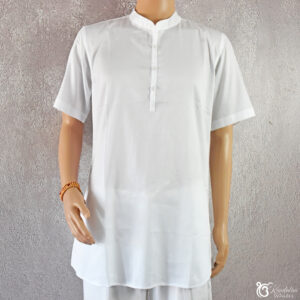Description
The trident (‘Trishula’) in this dark tribal Kara is used to represent many trinities. For example, spiritual/psychic/relative, past/present/future, or clarity/knowledge/wisdom. In the Hindu tradition the Trishula symbolised a bladed weapon against evil forces by demi-gods such as Shiva or Durga.
The double drum (‘Damaru’) has been used in many cultures. This often took place to represent the instrument to produce the original sounds of Creation.
The deep red Rudraksha beads in this dark tribal Kara are valued as semi-precious stones. This is despite the beads being simple seeds of the Indian Bead Tree. They have naturally ingrained longitudinal lines which divide the stone into segments, or ‘faces’. Each face represents a particular Hindu deity, usually that of Lord Shiva.
The meaning of the word ‘Rudraksha’ is: the eyes of Rudra (the Vedic word for Lord Shiva) and his tears (Aksha). It is said that only those who have the blessing of Lord Shiva get the opportunity to wear any Rudraksha.
Tips for measuring for correct size:
Easiest and quickest way is to place a ruler between the knuckles of the index and pinky fingers on the back of your hand (see image). This is the measurement of the inside of the kara. Alternatively, place the thumb tip, and the tip of the little finger together. Now measure the circumference of the hand at the second knuckle of the thumb. This should give you another reasonable estimate of what size bracelet will fit you, and not readily fall off. Better still, measure the inside diameter of an existing bracelet that you know fits you, and stays on. If all else fails, we will exchange the bracelet for a better fit – you do have to pay for the postage, though.
These methods work for any solid bracelet. However, in the case of an open Kara the measuring can be relaxed a little as the Kara will open up to pass over the knuckles.


